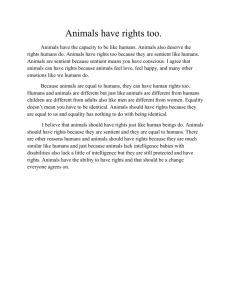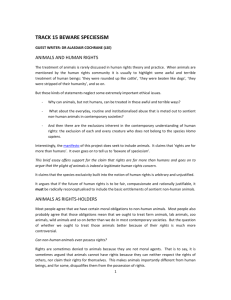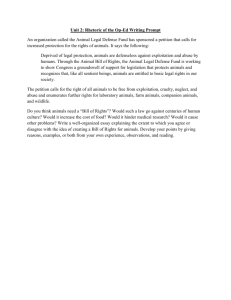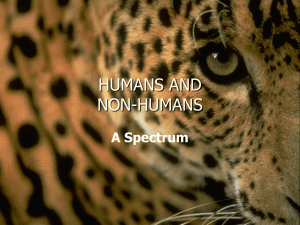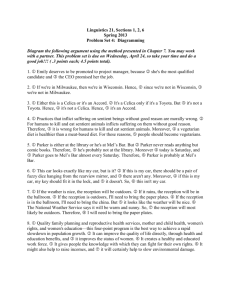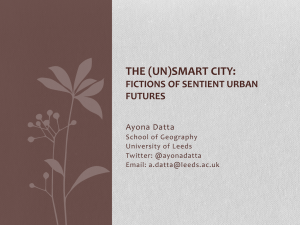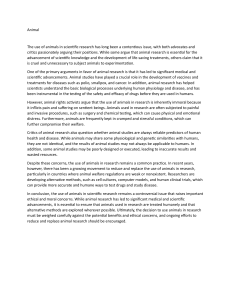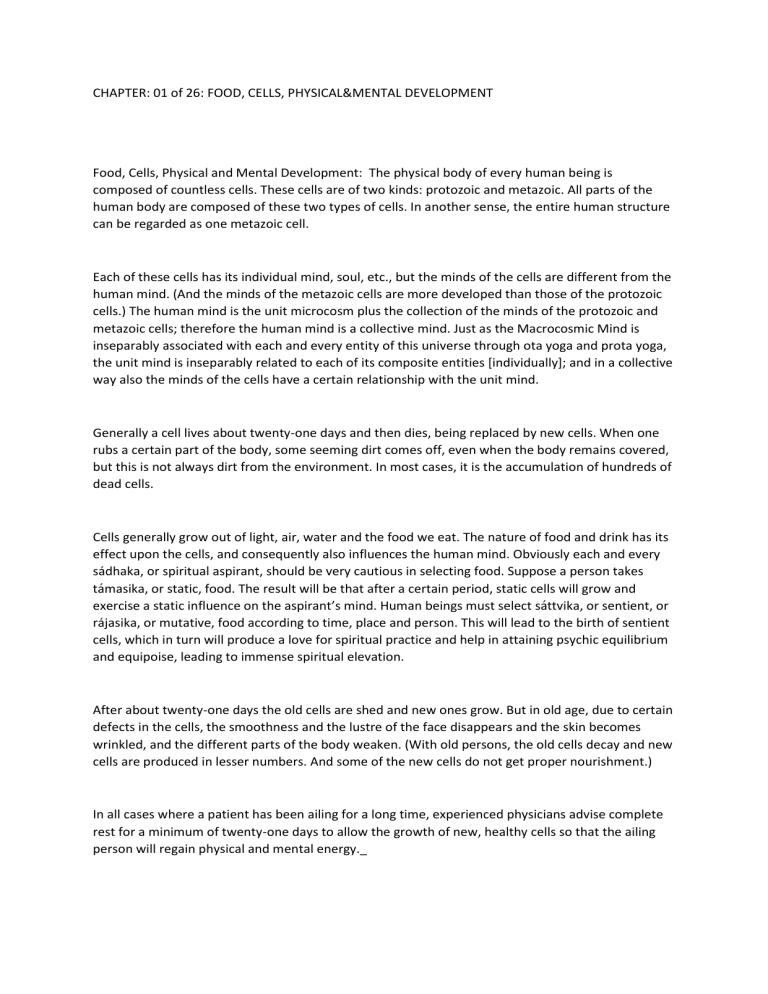
CHAPTER: 01 of 26: FOOD, CELLS, PHYSICAL&MENTAL DEVELOPMENT Food, Cells, Physical and Mental Development: The physical body of every human being is composed of countless cells. These cells are of two kinds: protozoic and metazoic. All parts of the human body are composed of these two types of cells. In another sense, the entire human structure can be regarded as one metazoic cell. Each of these cells has its individual mind, soul, etc., but the minds of the cells are different from the human mind. (And the minds of the metazoic cells are more developed than those of the protozoic cells.) The human mind is the unit microcosm plus the collection of the minds of the protozoic and metazoic cells; therefore the human mind is a collective mind. Just as the Macrocosmic Mind is inseparably associated with each and every entity of this universe through ota yoga and prota yoga, the unit mind is inseparably related to each of its composite entities [individually]; and in a collective way also the minds of the cells have a certain relationship with the unit mind. Generally a cell lives about twenty-one days and then dies, being replaced by new cells. When one rubs a certain part of the body, some seeming dirt comes off, even when the body remains covered, but this is not always dirt from the environment. In most cases, it is the accumulation of hundreds of dead cells. Cells generally grow out of light, air, water and the food we eat. The nature of food and drink has its effect upon the cells, and consequently also influences the human mind. Obviously each and every sádhaka, or spiritual aspirant, should be very cautious in selecting food. Suppose a person takes támasika, or static, food. The result will be that after a certain period, static cells will grow and exercise a static influence on the aspirant’s mind. Human beings must select sáttvika, or sentient, or rájasika, or mutative, food according to time, place and person. This will lead to the birth of sentient cells, which in turn will produce a love for spiritual practice and help in attaining psychic equilibrium and equipoise, leading to immense spiritual elevation. After about twenty-one days the old cells are shed and new ones grow. But in old age, due to certain defects in the cells, the smoothness and the lustre of the face disappears and the skin becomes wrinkled, and the different parts of the body weaken. (With old persons, the old cells decay and new cells are produced in lesser numbers. And some of the new cells do not get proper nourishment.) In all cases where a patient has been ailing for a long time, experienced physicians advise complete rest for a minimum of twenty-one days to allow the growth of new, healthy cells so that the ailing person will regain physical and mental energy._ Cells are living beings, and as a result of transformation through lives together, they have found existence in the human body. Later, through gradual evolution, each cell mind will develop into a human mind. The aura or effulgence radiating from the human body is the collective effulgence of all its composite cells. When in old age many cells in the body become weak, this results in the diminution of the effulgence. Even the body of a young man who is suffering from a disease loses its lustre. In the human face alone there are millions of cells. When a person gets angry a large amount of blood rushes into the face, causing it to become red and causing many cells to die. A violent or cruel person can easily be recognized by his or her face. As a result of eating sentient food and performing spiritual practices, the cells of the human body become sentient. Naturally, an effulgence emanates from these cells creating an aura around the physical body of the spiritual aspirant. This is the reason why many pictures of mahápuruśas [highlyevolved persons] show them with radiant auras. If cells are affected by food and water, and if the nature of the cells affects the nature of the human mind, obviously human beings should eat the correct diet, because food and mind are closely related to each other. Any food item, whether good or bad, must not be taken indiscriminately because it may lead to mental degeneration. Sincere spiritual aspirants must follow the dictum: Á hárashuddhao sattvashudhih [ “A sentient diet produces a sentient body” ]. Only food which is helpful in keeping the body and mind sentient should be eaten. Every object of the world is dominated by one of the three principles – sentient, mutative, and static. Food is no exception, and according to its intrinsic nature, is divided into the same three categories. Sentient food: Food which produces sentient cells and is thus conducive to physical and mental wellbeing is sentient. Examples of sentient food are rice, wheat, barley, all kinds of pulses, fruit, milk and milk products. Mutative food: Food which is good for the body and may or may not be good for the mind, but certainly not harmful for the mind, is mutative. Static food: Food which is harmful for the mind and may or may not be good for the body is static. Onion, garlic, wine, stale and rotten food, meat of large animals such as cows and buffaloes, fish, eggs, etc., are static. Very often people eat food without knowing its intrinsic qualities. For example, the milk of a cow which has just given birth. Or white eggplant, khesárii pulse [horse gram], red puni [Basella rubra Linn.], or mustard leaves, all of which often grew out of rotten matter. In order to have a balanced mind and to progress spiritually, human beings will have to pay attention to the qualities of the food they eat. The idea that “I will just do my sádhaná and eat any food, proper or improper” will not do. 14 February 1970, Ranchi SHRI SHRI ANANDAMURTIJI *🌹🌷🌸🌷🌺🌸🌹🌸🌺
